Ever wondered how much protein you’re getting in your glass of milk? Whether you’re tracking macros, building muscle, or just curious about nutrition, here’s the scoop on milk protein.

How Much Protein Is In a Cup of Milk? More Than You Might Think
That cold glass of milk you’re drinking with your cookies? It’s packing about 8 grams of protein per cup. And surprisingly, it doesn’t matter if you’re drinking whole milk, 2%, or skim – they all have roughly the same amount of protein.
Let’s dive deeper into milk protein and why it matters for your health.
The two types of protein in milk (and why they’re awesome)
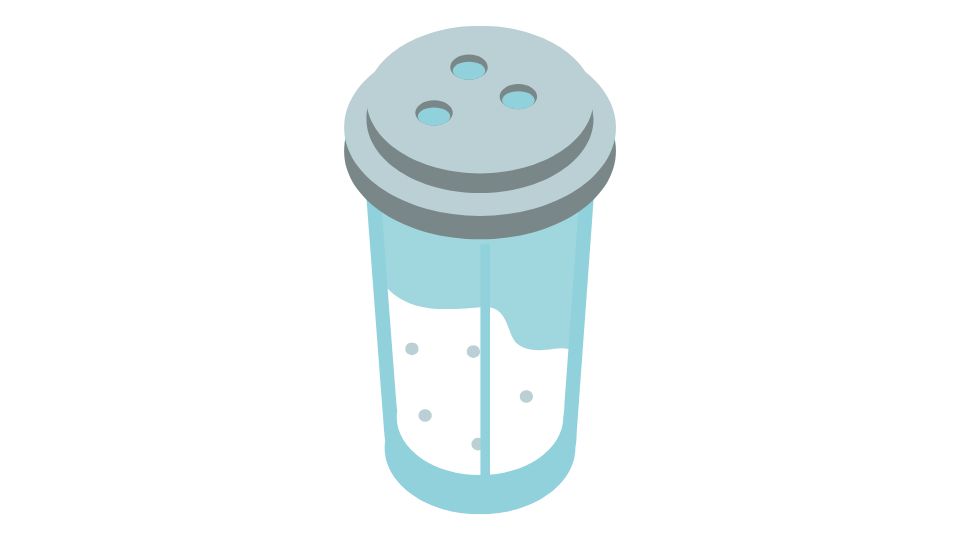
Milk protein isn’t just any protein – it’s actually made up of two different types:
- Casein (80%) – The slow-digesting protein that keeps feeding your muscles for hours
- Whey (20%) – The fast-digesting protein that bodybuilders love
Both are complete proteins, meaning they contain all nine essential amino acids your body needs but can’t make on its own. That’s nutrition-speak for “really good quality protein.”
Casein is especially cool because it forms a gel in your stomach that releases amino acids slowly over time. This makes it perfect for bedtime protein (your muscles get fed while you sleep) or when you want to stay full longer.
Whey, on the other hand, gets absorbed quickly – making it ideal for post-workout recovery when your muscles are hungry for nutrients.
Comparing milk protein: Dairy vs. plant-based options
Not all “milks” are created equal when it comes to protein. Here’s how they stack up:
| Milk Type | Protein per Cup (8 oz) | What You Should Know |
|---|---|---|
| Cow’s milk (any fat level) | ~8g | Consistent protein regardless of whether it’s whole, 2%, or skim |
| Soy milk | 7-8.5g | The plant-based protein champion – nearly matches cow’s milk |
| Pea milk | ~8g | Newcomer with impressive protein content |
| Hemp milk | ~4.4g | Moderate protein with bonus omega-3s |
| Almond milk | ~2g | Popular but protein-poor unless fortified |
| Oat milk | ~2g | Tasty in coffee but low in protein |
If you’re going dairy-free, soy milk is your best bet for protein, with pea milk coming in as a close second. Most other plant milks fall short unless they’re specially fortified.
Beyond protein: Milk’s nutrition package deal
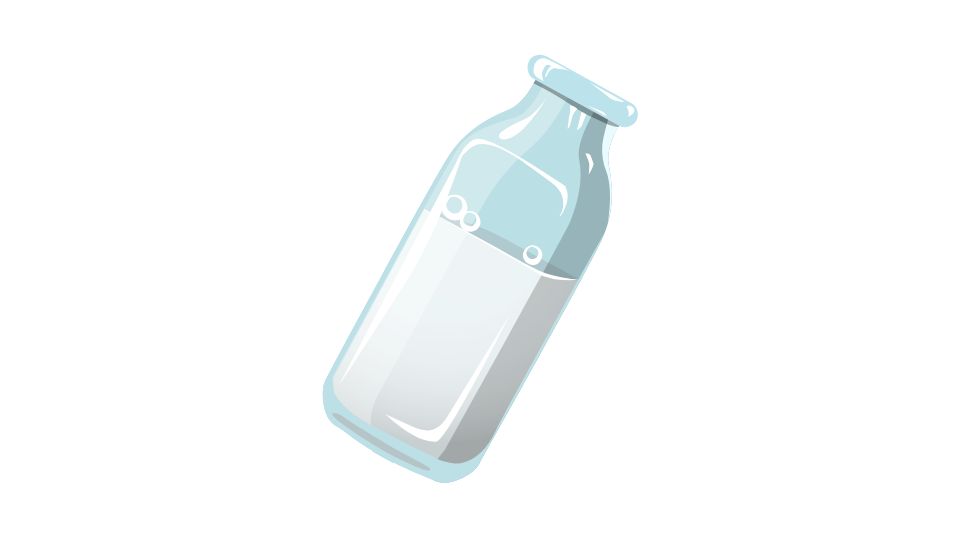
Milk isn’t just about protein – it’s a whole nutrition package. Each cup also gives you:
- Calcium for strong bones (about 30% of your daily needs)
- Vitamin D (usually added through fortification)
- Potassium for healthy blood pressure
- Vitamin B12 for energy and brain function
Plus, milk has about 12 grams of carbohydrates per cup, mainly as lactose, which provides steady energy unless you’re lactose intolerant.
Tracking your milk protein (without going crazy)
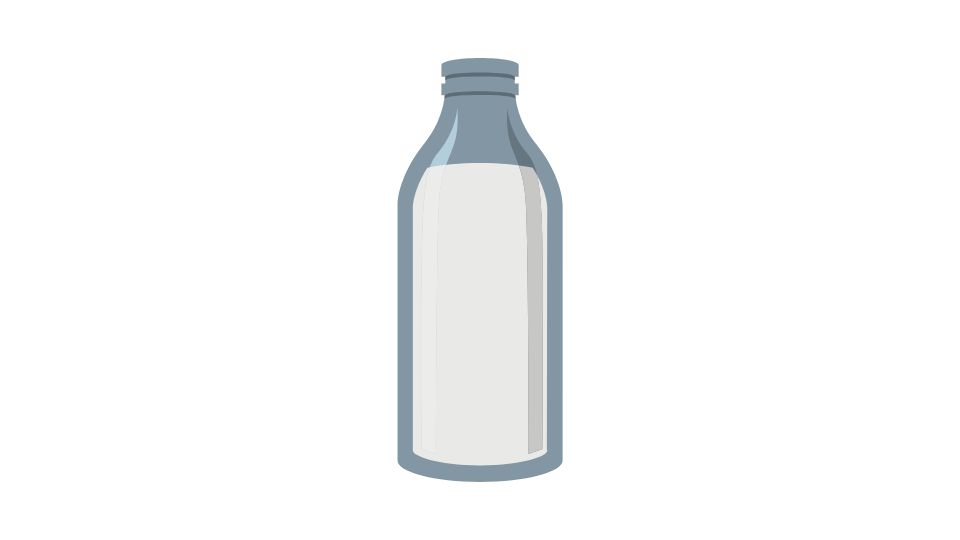
If you’re counting macros or trying to hit a protein goal, milk can be an easy way to boost your numbers. Research shows that most Americans don’t get enough protein, especially at breakfast – adding milk to your morning routine could help.
Tracking apps like MyFitnessPal make it simple to log your milk and see how it contributes to your daily protein intake.
Real talk: Is milk protein right for you?
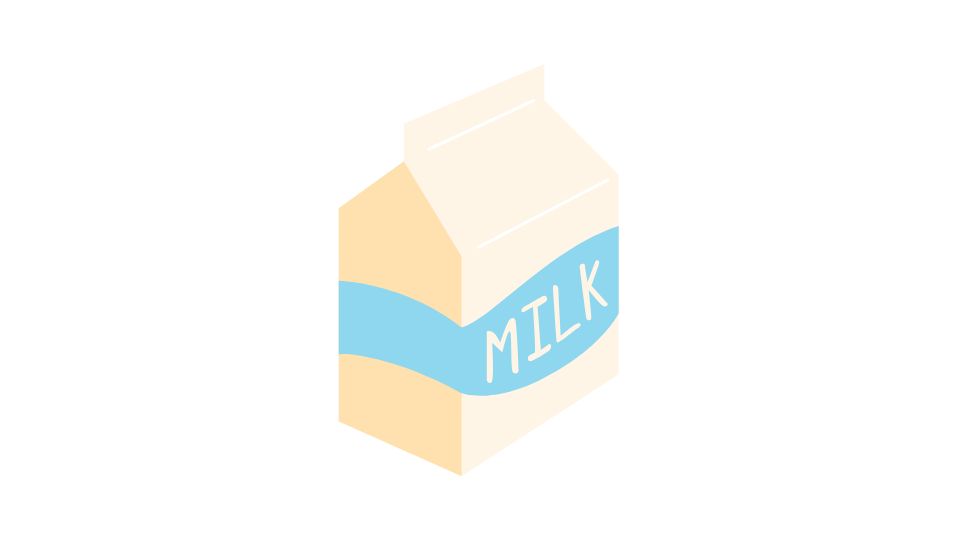
Milk protein is awesome, but it’s not for everyone:
- If you’re lactose intolerant: Consider lactose-free milk (still has all the protein) or high-protein plant alternatives
- If you’re vegan: Soy and pea milk are your best bets for protein
- If you’re watching calories: Skim milk gives you all the protein with fewer calories
The bottom line? A cup of milk delivers a solid 8 grams of complete, high-quality protein regardless of fat content. That’s about the same as an egg or a third of a protein bar – not bad for something that also quenches your thirst!
Next time you’re reaching for a drink, remember that milk isn’t just calcium – it’s a legit protein source that’s been supporting human nutrition for thousands of years.
So go ahead and enjoy that milk – your muscles will thank you!



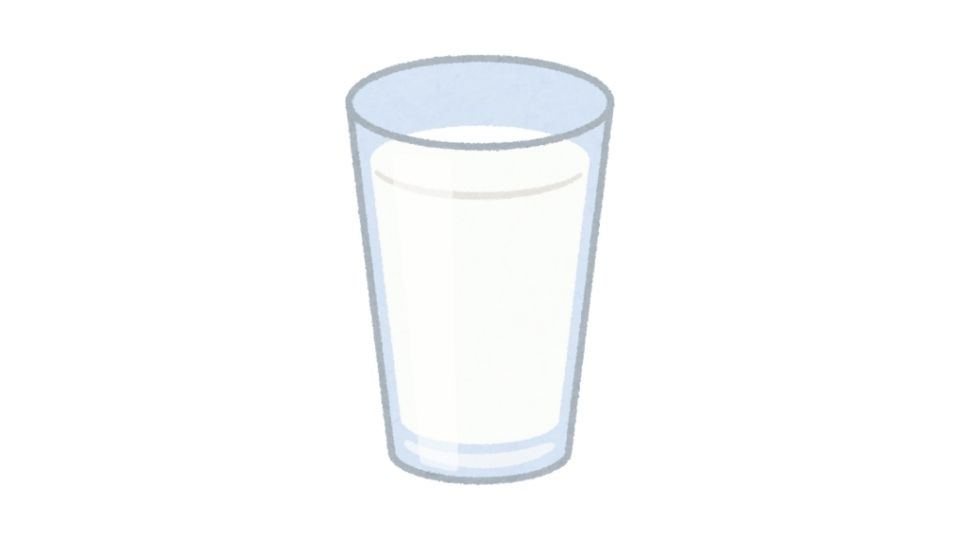
Leave a Reply